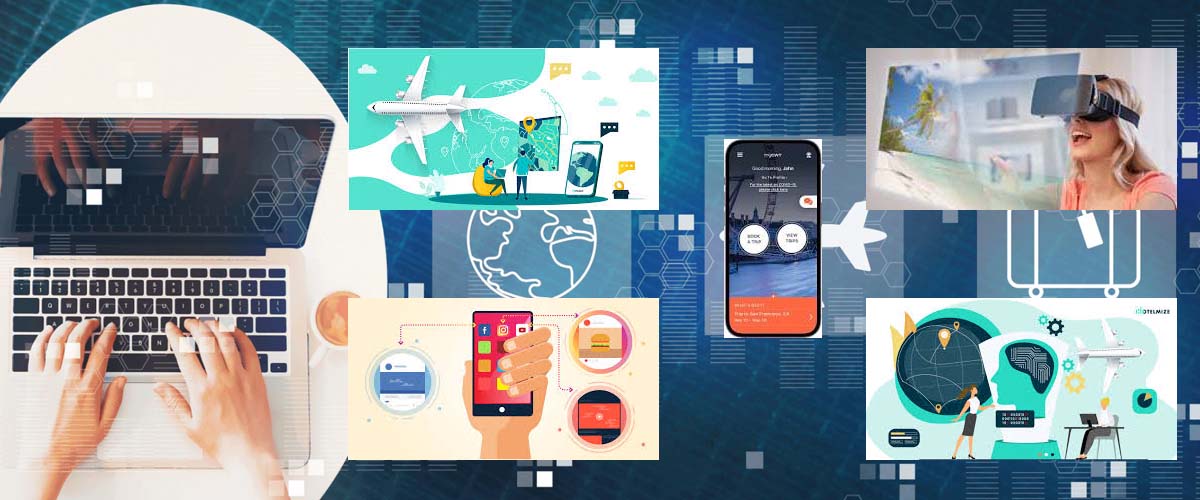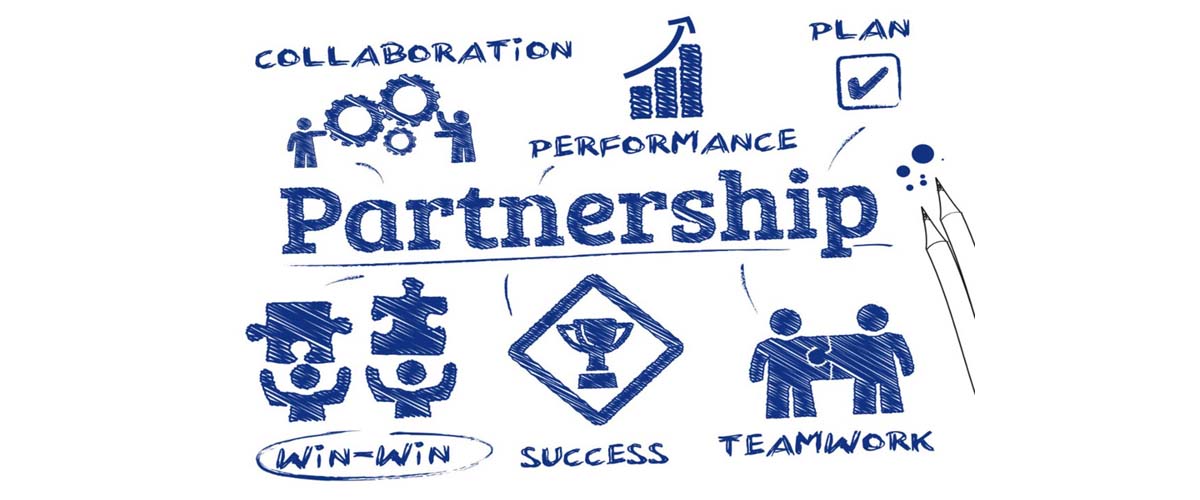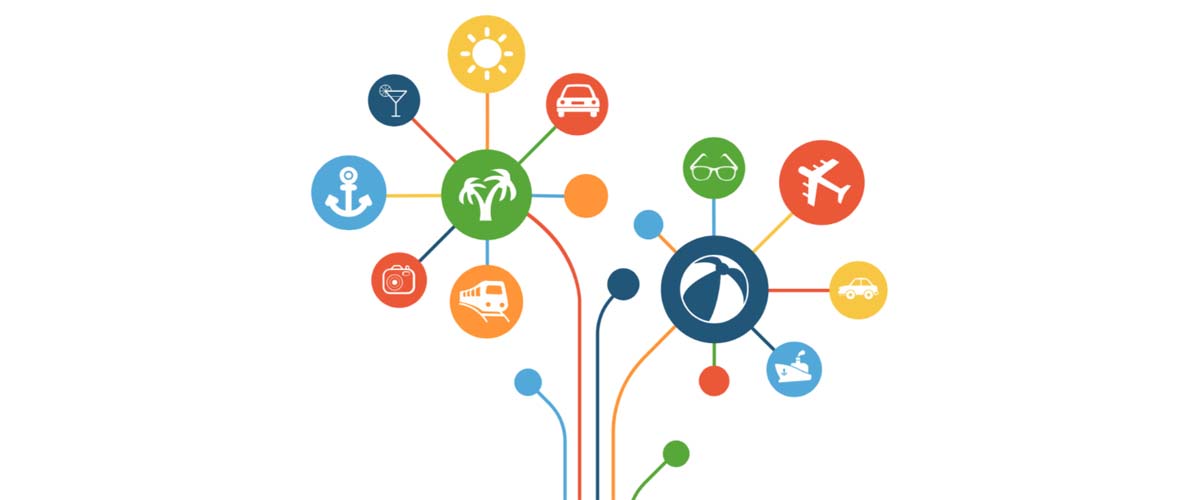Technology has had a profound impact on the travel industry in recent years. From the way we book our flights and hotels to the way we experience our destinations, technology has made travel more convenient, efficient, and personalized than ever before.
Here are some of the ways that technology is changing the travel industry:
- Online booking: In the past, travellers had to book their flights and hotels through travel agents. However, the rise of online booking platforms like Expedia and Booking.com has made it possible for travellers to book their own travel arrangements quickly and easily.
- Mobile apps: Mobile apps are now essential for travellers. Apps like Google Maps, TripAdvisor, and Uber can help travellers find their way around, find the best deals, and book transportation and accommodation.
- Social media: Social media is another powerful tool that travellers can use to plan and share their trips. Platforms like Facebook, Twitter, and Instagram allow travellers to connect with other travellers, get tips from locals, and share their own travel experiences.
- Virtual reality (VR) and augmented reality (AR): VR and AR are still in their early stages, but they have the potential to revolutionize the travel industry. VR headsets can allow travellers to experience destinations before they even book their flights. AR apps can overlay information about a destination on the real world, providing travellers with a more immersive and informative travel experience.
- Artificial intelligence (AI): AI is being used in a variety of ways to improve the travel experience. For example, AI-powered chatbots can answer travellers’ questions 24/7, and AI-powered recommendation engines can help travellers find the best deals and activities.
Technology is changing the travel industry in many ways, and the pace of change is only accelerating. As technology continues to evolve, it will continue to shape the way we travel.
What are your thoughts on the impact of technology on the travel industry? What are some of the ways that you use technology to plan and book your travels? Let us know in the comments below!
In addition to the trends mentioned above, here are some other ways that technology is changing the travel industry:
- Biometric technology: Biometric technology is being used to authenticate travelers and grant them access to flights, hotels, and other travel-related services. For example, some airports are now using facial recognition technology to scan passengers’ faces as they enter the terminal.
- Wearable devices: Wearable devices like smartwatches and fitness trackers are becoming increasingly popular among travelers. These devices can be used to track flights, navigate cities, and even book hotels.
- Blockchain technology: Blockchain technology is being used to develop new travel solutions, such as decentralized travel booking platforms and loyalty programs. Blockchain can help to improve the transparency and security of travel transactions.
The travel industry is constantly evolving, and technology is playing a major role in that evolution. As technology continues to develop, it will continue to shape the way we travel.




